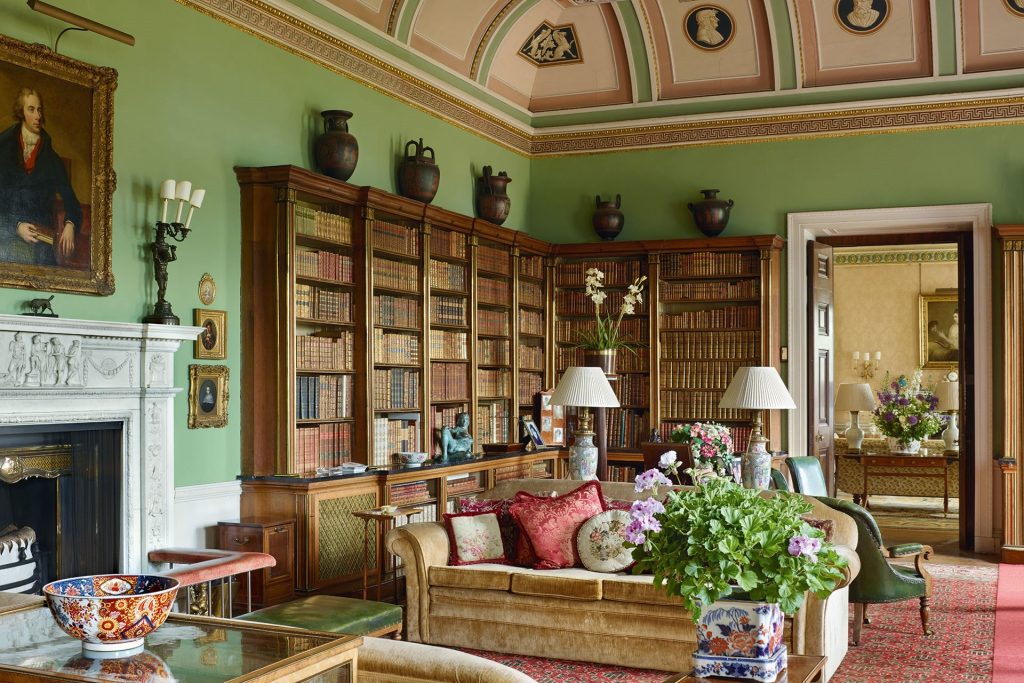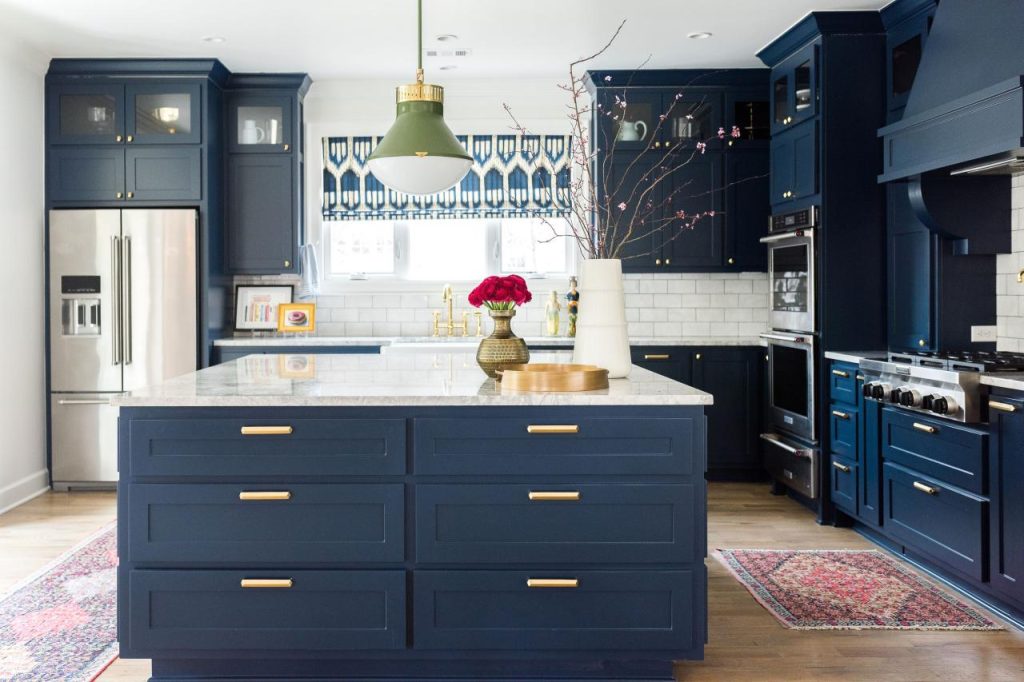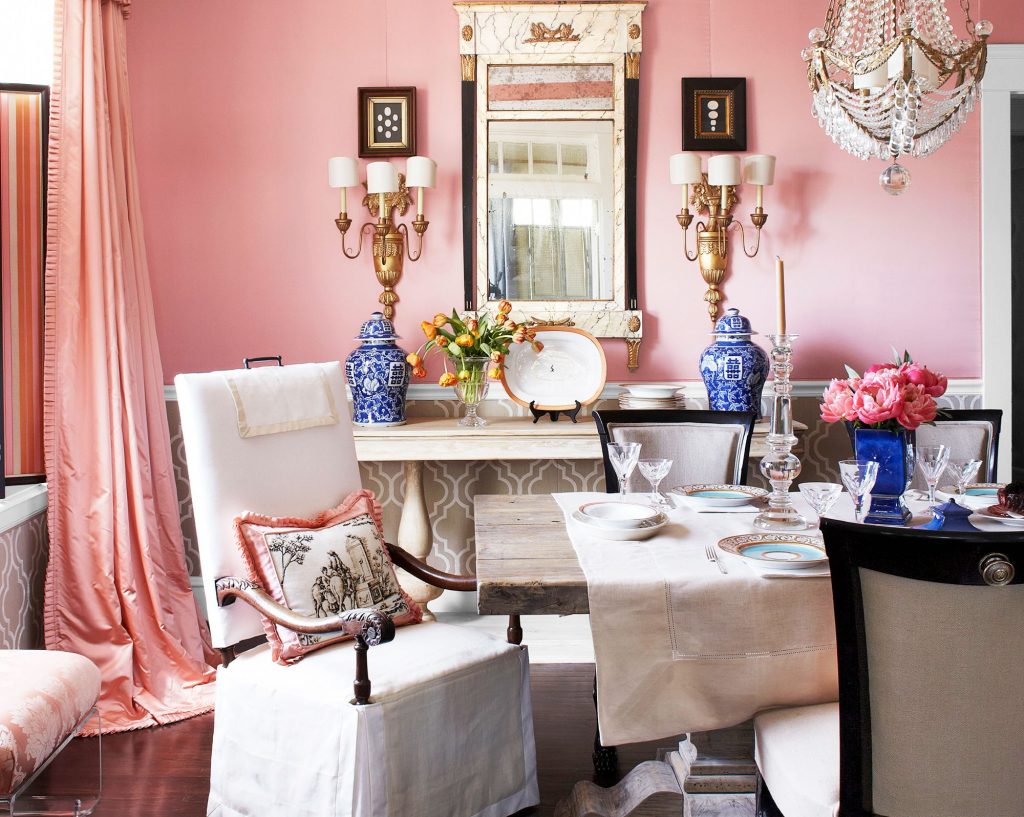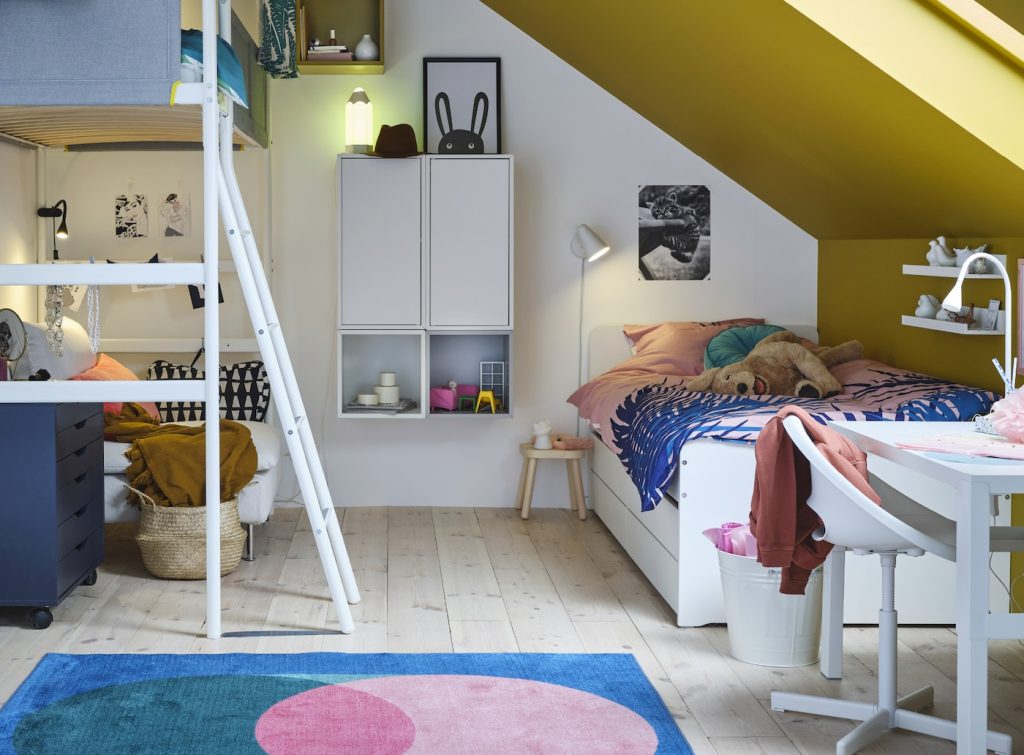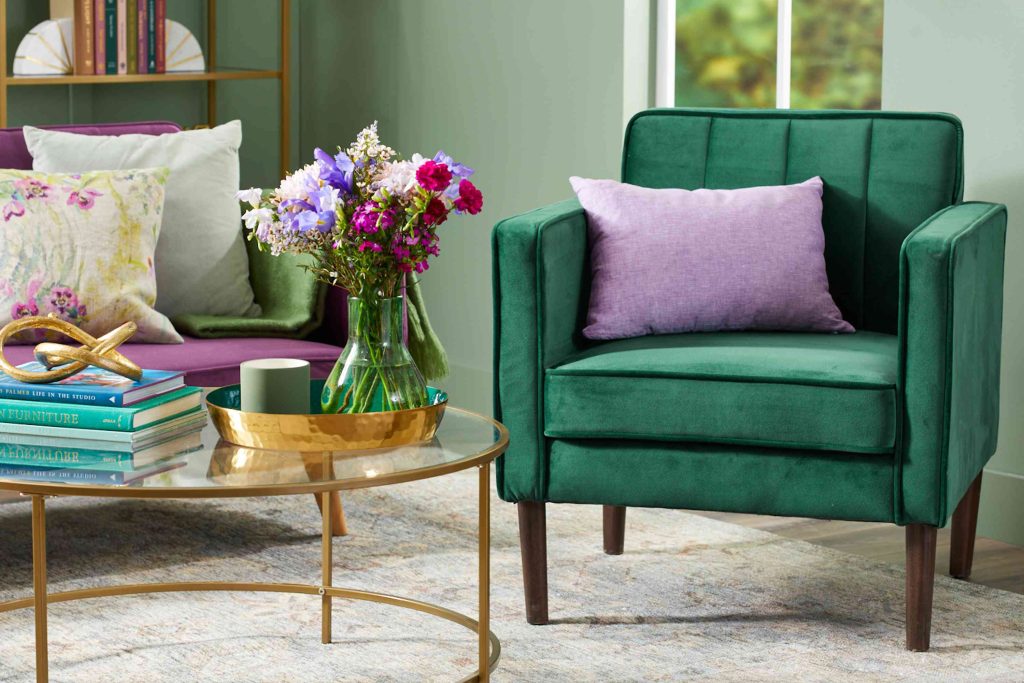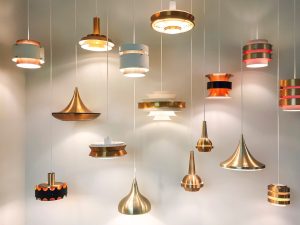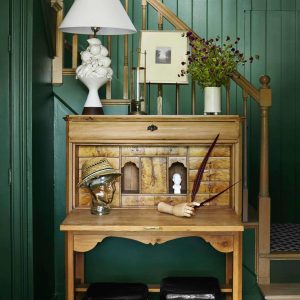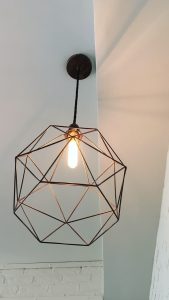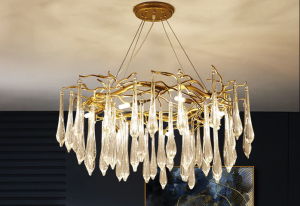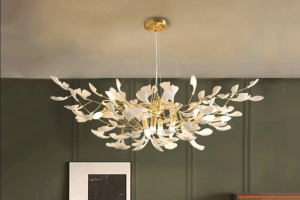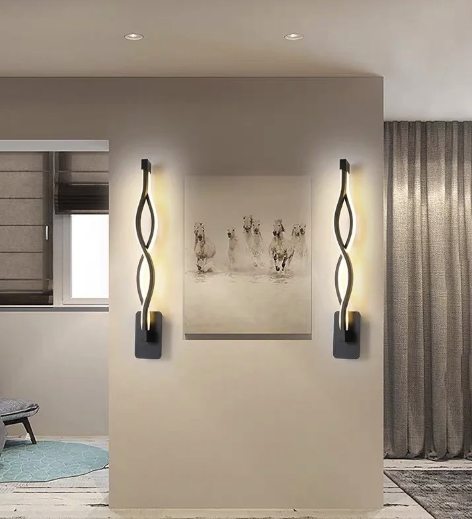
Art wall lights serve a dual purpose in any space: they illuminate artwork while simultaneously enhancing the overall aesthetic of a room. Proper lighting is crucial for showcasing art, as it can dramatically alter the perception of colors, textures, and details. Without adequate lighting, even the most exquisite pieces can appear dull or lifeless.
Art wall lights are specifically designed to highlight the nuances of artwork, drawing attention to the intricate brushstrokes of a painting or the delicate features of a sculpture. This specialized lighting not only elevates the visual appeal of the art but also creates an inviting atmosphere that encourages viewers to engage with the pieces on display. Moreover, art wall lights contribute to the ambiance of a room, allowing homeowners to create a specific mood or theme.
The right lighting Mosundesign can evoke emotions and set the tone for various occasions, whether it’s a cozy family gathering or an elegant dinner party. By strategically placing art wall lights, one can transform a mundane space into a gallery-like environment that celebrates creativity and expression. This transformation is particularly significant in homes where art plays a central role in personal identity and style.
Thus, investing in quality art wall lights is not merely about functionality; it is about enhancing the experience of art appreciation and creating a harmonious living space.
Choosing the Right Art Wall Lights for Your Space
Understanding the Artwork’s Lighting Needs
Different types of artwork require unique lighting techniques to bring out their best features. For example, paintings benefit from soft, diffused light that minimizes glare, while sculptures need focused beams to highlight their three-dimensional forms.
Considering the Size of the Space and Artwork
The size of the artwork and the space it occupies are crucial in determining the wattage and placement of the lights. Larger pieces may require multiple fixtures to ensure even illumination, while smaller works can often be effectively highlighted with a single light source.
Style, Design, and Materials Matter
The style and design of the wall lights themselves are also essential considerations. Art wall lights come in various styles, from sleek modern designs to more traditional fixtures that complement classic decor. The choice of materials, such as metal, glass, or wood, can also impact the overall aesthetic of the room. It is vital to select lights that not only serve their functional purpose but also harmonize with the existing decor.
Ultimately, choosing the right art wall lights requires a thoughtful approach that balances functionality with artistic expression.
How to Install Art Wall Lights
Installing art wall lights can be a straightforward process if approached methodically. First and foremost, it is essential to determine the optimal height and angle for each light fixture to ensure that it effectively illuminates the artwork without causing glare or shadows. A common guideline is to position the light approximately 30 inches above the top edge of the artwork, angling it downwards at about a 30-degree angle.
This positioning allows for even illumination while minimizing reflections that could obscure details in the piece. Once the ideal placement has been established, it is time to gather the necessary tools and materials for installation. This typically includes a drill, screws, anchors (if mounting on drywall), and a level to ensure that the fixtures are straight.
If electrical work is involved, it may be prudent to consult with or hire a licensed electrician to ensure safety and compliance with local codes. After securing the fixtures in place and connecting any wiring, testing the lights before finalizing installation is crucial. This step ensures that everything functions correctly and allows for adjustments if needed before completing the project.
Creative Ways to Use Art Wall Lights in Your Home
Art wall lights can be employed in various creative ways to enhance both artwork and overall home decor. One innovative approach is to use them to create a gallery wall—a curated collection of art pieces illuminated by strategically placed lights. This arrangement not only showcases individual works but also creates a cohesive visual narrative that draws viewers in.
By varying the heights and angles of the lights, one can create dynamic shadows and highlights that add depth and interest to the display. Another imaginative use of art wall lights is to incorporate them into architectural features such as alcoves or niches. By placing artwork within these spaces and illuminating them with dedicated wall lights, homeowners can create stunning focal points that elevate the design of a room.
This technique works particularly well in hallways or staircases where space may be limited but still offers an opportunity for artistic expression. Additionally, using colored or adjustable LED lights can further enhance this effect by allowing homeowners to change the mood or theme of their space with ease.
Art Wall Lights for Different Types of Art
Different types of art require tailored lighting solutions to ensure they are showcased effectively. For instance, oil paintings often benefit from warm white light that enhances their rich colors and textures without causing fading over time. In contrast, photographs may require cooler light temperatures to maintain their clarity and vibrancy.
When selecting art wall lights for various mediums, it is essential to consider not only the type of artwork but also its material composition and color palette. Sculptures present another unique challenge when it comes to lighting. Three-dimensional pieces often require focused beams that highlight their contours and details from multiple angles.
Adjustable fixtures can be particularly useful in this regard, allowing homeowners to experiment with different placements until they achieve the desired effect. Additionally, mixed media artworks may necessitate a combination of lighting techniques to effectively illuminate all elements involved. By understanding how different types of art interact with light, one can make informed decisions about which fixtures will best enhance their collection.
Tips for Enhancing Your Art with Wall Lights
Layering Light Sources for Depth and Dimension
Combining ambient lighting with focused art wall lights creates a dynamic atmosphere where artwork can be appreciated in various contexts. This approach allows for a more nuanced appreciation of the art, whether during daytime or evening hours when artificial lighting takes precedence.
Flexibility with Dimmers and Adjustable Fixtures
Experimenting with dimmers or adjustable fixtures enables homeowners to tailor lighting according to specific occasions or moods. This capability significantly enhances the viewing experience, allowing for a softer lighting to create an intimate setting for gatherings, while brighter illumination can be ideal for showcasing art during open houses or exhibitions.
Creating an Environment that Celebrates Creativity
By thoughtfully considering how light interacts with art and adjusting accordingly, one can create an environment that celebrates creativity while remaining functional. This harmonious balance ultimately elevates the art viewing experience and transforms the space into a haven for artistic appreciation.
Art Wall Lights as a Focal Point in Your Space
Art wall lights can serve as striking focal points within a room, drawing attention not only to the artwork they illuminate but also enhancing overall design elements in the space. Choosing unique or sculptural light fixtures can transform them into statement pieces that complement or contrast with surrounding decor. For example, an industrial-style fixture might add an edgy touch to a contemporary space, while an ornate chandelier could elevate traditional interiors.
In addition to their aesthetic value, these fixtures can also guide movement within a room by directing attention toward specific areas or artworks. By strategically placing art wall lights near entryways or along pathways, homeowners can create visual cues that encourage exploration and engagement with their collection. This thoughtful arrangement fosters an inviting atmosphere where guests feel compelled to appreciate both the art and its illumination.
Maintenance and Care for Art Wall Lights
Maintaining art wall lights is essential for ensuring their longevity and continued effectiveness in showcasing artwork. Regular cleaning is crucial; dust accumulation can diminish light output and affect how well art is illuminated. Using a soft cloth or microfiber duster can help remove dust without scratching surfaces or damaging delicate components.
For fixtures made from glass or metal, gentle cleaning solutions may be employed to restore shine without causing harm. Additionally, it is important to periodically check electrical connections and replace bulbs as needed to maintain optimal performance. Over time, bulbs may dim or burn out entirely, impacting both functionality and aesthetics.
By staying proactive about maintenance tasks such as these, homeowners can ensure that their art wall lights continue to enhance their collections beautifully for years to come.

